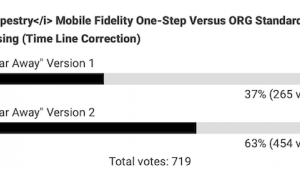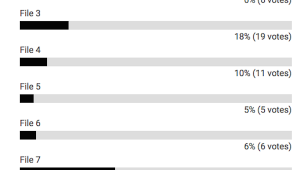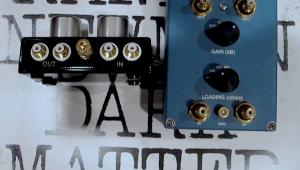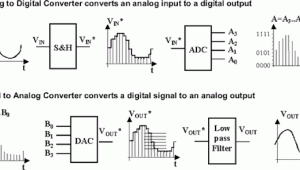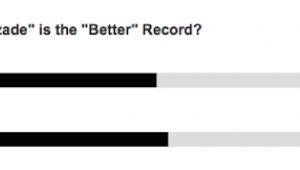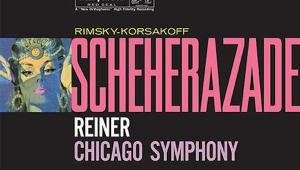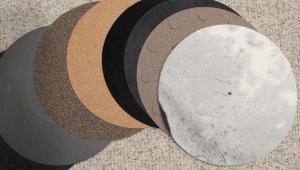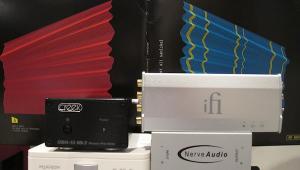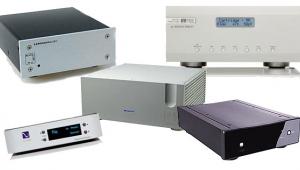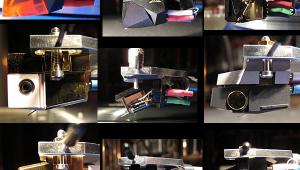Primary tabs
U-Turn Pluto Versus Schiit Mani: Which Sounds Better (level matched)?
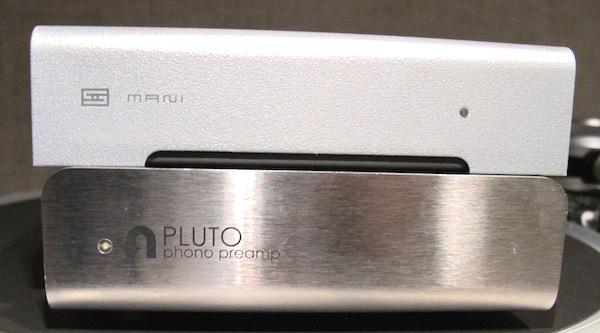
Schiit's $129 phono preamp includes both MM and MC capabilities. U-Turn's $89 phono preamp is MM-only. Analogplanet's reviews of both of these inexpensive, made in the USA phono preamplifiers will soon be posted but in the meantime, here are two files: "File A" and "File B".
Files "A" and "B" were both made using Onkyo's CP-1050 Direct Drive turntable fitted with a Shure M97xE cartridge ( it comes with an Audio Technica AT 3600) with the output digitized using a Lynx HiLo A/D, D/A converter.
Both files were AudioLeak normalized to -.1dB. The music is an approximately one minute excerpt of "My Return" from The Twilight Hour's Stereo Night LP reviewed here a few years ago.
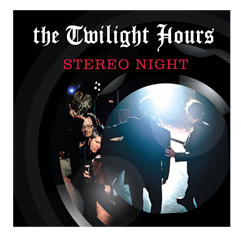
Listen to both and then choose your preference. Or, if you think they sound sufficiently similar or identical, choose "sound the same or too close to call".
For more on the U-Turn Pluto go here
For more on the Schiit Mani (currently out of stock) go here

| Equipment Reviews | The Gruvy Awards | Blogs Analog Tips | Columns Music | Show Reports | News Resources |
 © 2025 AnalogPlanet
© 2025 AnalogPlanetAVTech Media Americas Inc.
All rights reserved
